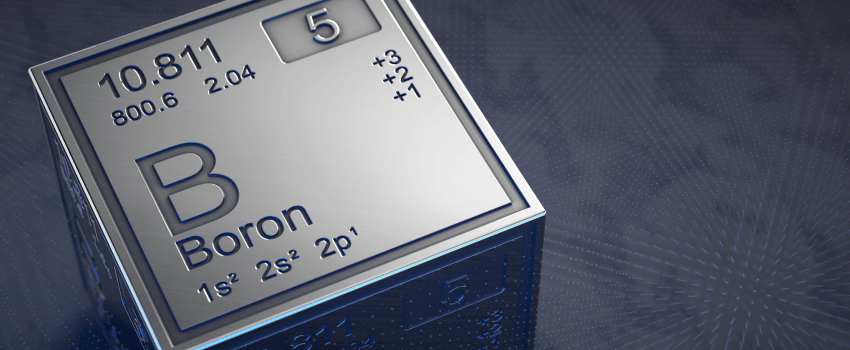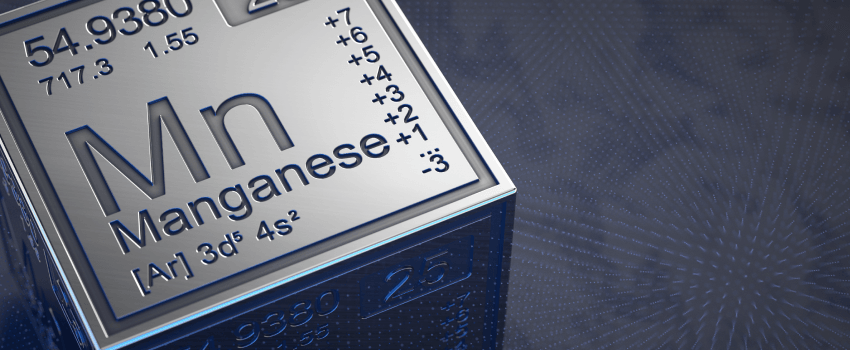Alexander G. Schauss, PhD
AIBR Life Sciences Division
Tacoma, WA
Boron is a light trace element that is turning out to be essential to human health and behavior. The word boron has its origin in the Persian and Arabic words for “borax”, a compound that contains the element boron, and is more often found in dry climates. The importance of boron to human health did not even become apparent to scientists until the mid-1980’s, so it isn’t surprising if you know little about this trace element.
For many centuries healers gave people who were excited the “sedative salt” boric acid, another compound containing boron. Today it has been scientifically demonstrated that boron is important to brain function, especially in enhancing memory, cognitive function, and hand-eye coordination.
The highest concentrations of boron are found in the drinking water and soil of some of the driest climate areas in the world, such as the red Sear of the middle east, the inland deserts of Australia, or the deserts of the United States and Chile.
Evidence continues to mount that boron may reduce either the symptoms or incidence of arthritis. Although the connection between arthritis and boron was first discovered sheep and chickens, researchers have found a curious association between the amount of boron in the soil and drinking water, and the incidence of arthritis in a population. for example, in the most arid areas of the world, the incidence of arthritis tends to be dramatically lower than in the rain-laden areas. Arid areas have been found to have the highest concentrations of boron in the drinking water and soil. This is most interesting since it is well known that boron can get more readily leached out of the soil in wet climates. This is one reason most good farmers and ranchers check for the level of boron in their soil. If boron concentrations are low, they may give their crops or livestock supplemental feed containing this important trace element.
In post-menopausal females who are magnesium deficient, it has been scientifically demonstrated that 3 milligrams of boron a day added to the diet resulted in:
- improvements in both calcium and magnesium retention,
- elevations in circulation serum concentrations of testosterone, and
- elevations in circulating serum concentrations of 17-beta-estradiol (a form of estrogen). Similar improvements can also be seen in Vitamin D deficient post-menopausal females.
No recommended daily allowance (RDA) has been established for boron in humans at this time. However, the following amounts are recommended to insure that you have sufficient daily boron intake. Boron is most abundant in pears, apples and grapes grown in rich boron soil. Other potential food sources are legumes (soy beans), nuts, and green, leafy vegetables, again assuming that the boron levels in the soil the foodstuffs were grown in were adequate.
- Children 1.5 mg.
- Males (11-18) 2.0 mg.
- Males (adults) 2.0 mg.
- Females 2.0 mg.
- Females (post menopause) 3.0 mg.
- Pregnant 2.5 mg.
- Lactating (1st 6 mos.) 2.5 mg.
References
(1) Shils, M.E. and Young, V.R. Modern Nutrition in Health and Disease, 7th Edition. Lea & Febiger: Philadelphia, 1988.
(2) Schauss, A.G. Minerals, Trace Elements and Human Health. Life Sciences Press: Tacoma, (WA), 1996.
(3) Recommended Dietary Allowances, 10th Edition. National Research Council. National Academy Press: Washington, D.C. 1989.






